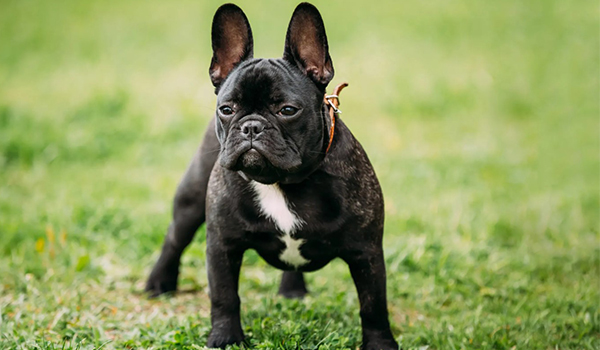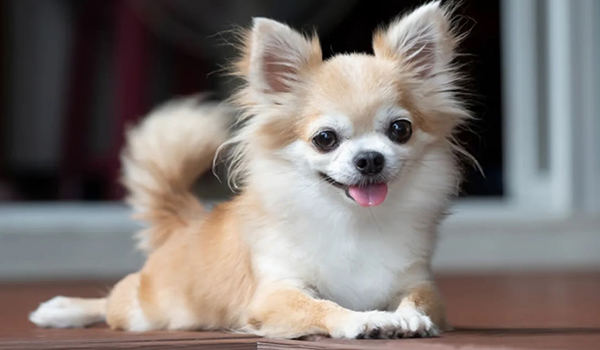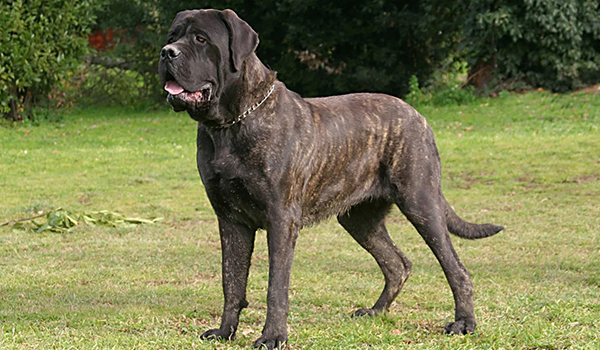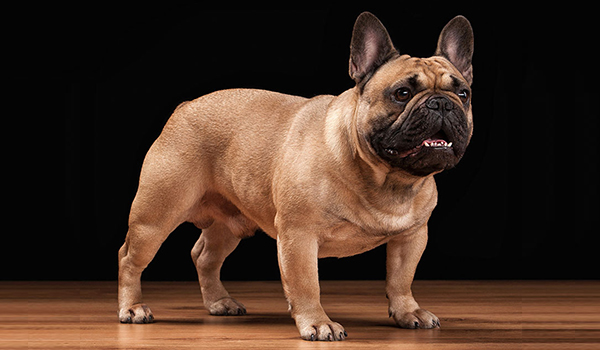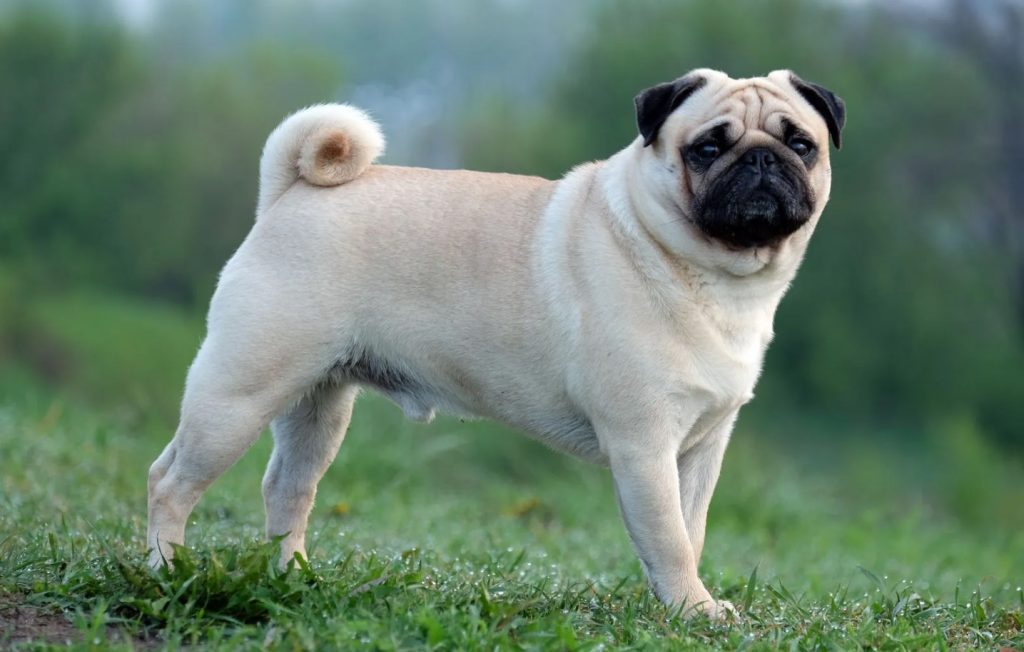
The Pug is a breed of immense charm, comical personality, and steadfast devotion. With their distinctive wrinkled face, large, soulful eyes, and compact, sturdy body, they are one of the most recognizable and beloved companion dogs in the world. They live by the motto “multum in parvo”—”a lot in a little”—packing a huge personality into a small, portable package. However, their unique anatomy requires specific care and understanding from their owners.
This comprehensive guide will explore everything a future owner needs to know about the Pug, from their ancient royal origins to their modern-day health considerations, to help you decide if this charming clown is the right fit for your home.
Breed Overview
- Group: Toy
- Height: 10 – 13 inches (at the shoulder)
- Weight: 14 – 18 pounds
- Life Span: 13 – 15 years
- Coat: Short, smooth, and glossy. Colors are primarily fawn with a black mask or solid black.
A Brief History: An Ancient Royal Companion
The Pug is an ancient breed with roots in China, dating back to the Han Dynasty (around 200 B.C.). They were prized possessions of Chinese emperors and lived in luxurious surroundings, often guarded by soldiers. They later made their way to Europe via trade routes in the 16th and 17th centuries, where they became the darlings of royal courts, most notably in the House of Orange of the Netherlands and the court of Napoleon Bonaparte.
Their name is believed to come from the Latin word “pugnus,” meaning “fist,” as their curled-up face was thought to resemble a human fist. They have always been bred for one purpose: companionship. This long history as a lapdog has shaped their affectionate, people-oriented nature.
The Pug Temperament: Charming, Mischievous, and Loving
The Pug’s personality is its greatest asset. They are true companion dogs, thriving on human interaction and bringing laughter with their silly antics.
- Charming & Comical: Pugs are natural clowns with a great sense of humor. Their playful antics, expressive faces, and endearing “head tilt” provide constant entertainment.
- Affectionate & People-Oriented: They are incredibly loving and form strong bonds with their families. They are true “velcro dogs” that want to be in your lap or following you from room to room. They do not do well when left alone for long periods.
- Stubborn yet Eager to Please: They possess a charming stubbornness, but their deep desire for human approval makes them generally responsive to training, especially when motivated by food.
- Playful & Sociable: They are typically playful and get along well with children, other dogs, and even cats. They are not yappy or aggressive, making them excellent family pets.
- Alert & Inquisitive: Despite their comical nature, they are perceptive and will alert you to visitors, but they are not guard dogs.
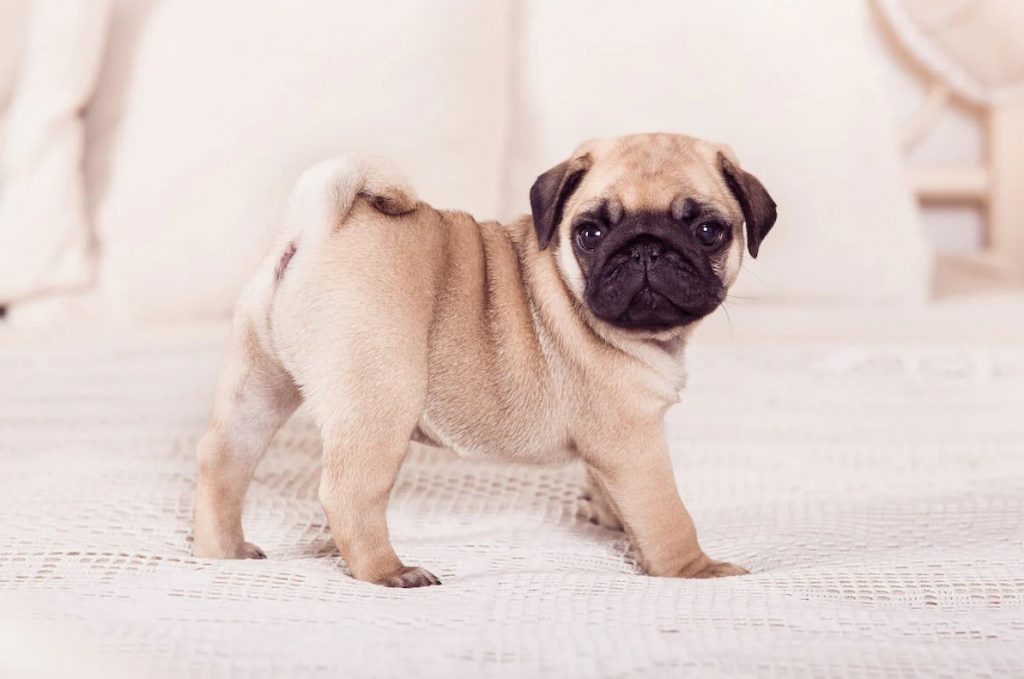
Caring for Your Pug
Exercise: Moderate but Important
Pugs have moderate energy levels, but their brachycephalic (flat-faced) nature requires careful management.
- Daily Requirements: 20-30 minutes of daily activity, broken into short sessions. Leisurely walks and indoor play are sufficient.
- Critical Warning: Pugs are extremely sensitive to heat and humidity. Exercise must be limited to the coolest parts of the day (early morning or evening). Overexertion or exposure to heat can lead to life-threatening heatstroke.
- Weight Management: Pugs love food and are prone to obesity, which exacerbates their breathing problems. Portion control and regular exercise are non-negotiable.
Grooming: More Than Meets the Eye
While their coat is short, their facial wrinkles require dedicated care.
- The Wrinkle Care: This is non-negotiable. The deep fold on their muzzle must be cleaned and dried daily with a soft, damp cloth followed by a dry one. Moisture and debris trapped in the fold can lead to painful infections and a foul odor.
- Brushing: A weekly brush with a grooming mitt will help control shedding. They are surprisingly prolific shedders for a short-haired breed.
- Other Needs: Regular nail trimming, ear cleaning (their small, folded ears can trap moisture), and daily teeth brushing (they are prone to dental disease).
Training: Patience and Positive Reinforcement
Training a Pug requires a sense of humor, patience, and a pocketful of high-value treats.
- Start Early: Begin socialization and training as a puppy. Expose them to various people, sounds, and experiences to build a confident, well-adjusted dog.
- Housetraining: This can be challenging. Their small bladders and sometimes stubborn nature require a strict, consistent schedule with positive reinforcement.
- Use Food Motivation: This is your greatest tool. Use small, tasty treats to reward good behavior. Keep training sessions short and fun to hold their attention.
- Be Patient: Their stubborn streak can be frustrating, but consistency and positive reinforcement will yield the best results.
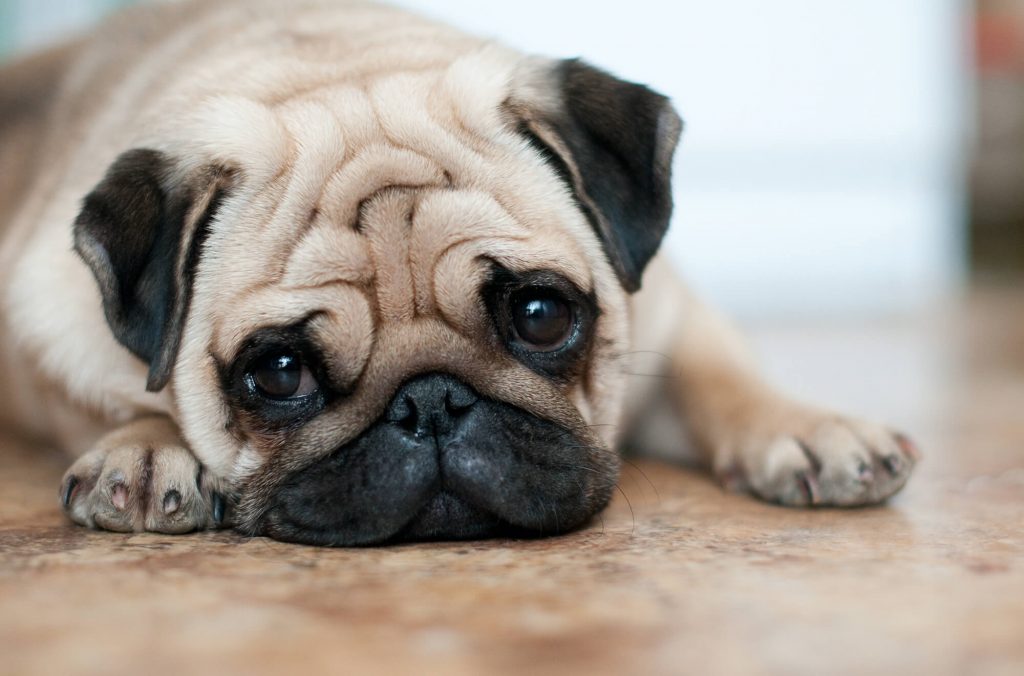
Health: What to Be Aware Of
The Pug’s adorable appearance comes with several serious breed-specific health challenges that every owner must be prepared for.
- Brachycephalic Obstructive Airway Syndrome (BOAS): This is the most significant concern. Their short snout, elongated soft palate, and narrow nostrils cause breathing difficulties. Signs include loud snoring, snorting, and difficulty breathing, especially in heat or during exercise. They must live in a climate-controlled environment.
- Eye Problems: Their large, prominent eyes are susceptible to injuries, corneal ulcers, and a condition called Pigmentary Keratopathy, which can lead to blindness. Pug Eye Ulcer (Corneal Ulcer) is a common and serious emergency.
- Obesity: Their love of food and lower exercise tolerance make weight management a top priority to prevent joint issues and worsen BOAS.
- Hip Dysplasia: A malformation of the hip joint.
- Pug Dog Encephalitis (PDE): A fatal, inflammatory brain disease unique to Pugs and a few other breeds.
Is a Pug Right For You?
A Pug might be your perfect match if you:
- Want a charming, affectionate, and comical companion.
- Are home often and can provide plenty of attention.
- Live in a temperate or cool climate or have consistent air conditioning.
- Are prepared for a rigorous daily wrinkle-cleaning routine.
- Don’t mind snoring, snorting, and significant shedding.
You should absolutely reconsider if you:
- Live in a hot, humid climate without air conditioning.
- Want a highly athletic jogging or hiking partner.
- Are unprepared for potential veterinary bills related to their eyes and breathing.
- Want a low-shedding, low-maintenance dog.
- Are away from home for long, regular hours.
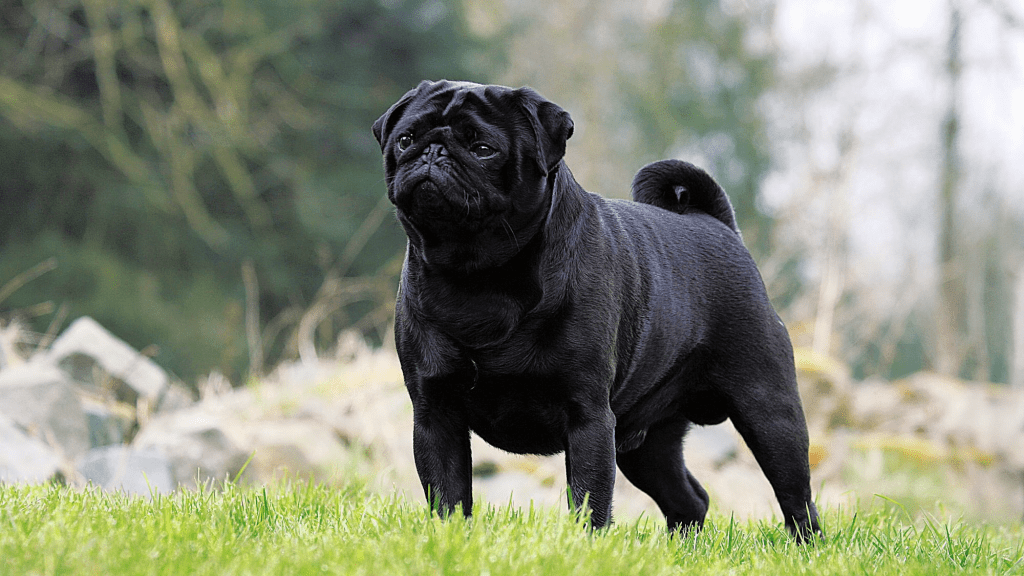
Finding Your Pug
- Reputable Breeders: Choose a breeder who prioritizes health over extreme features. They should be actively working to breed Pugs with longer muzzles and more open nostrils, perform health tests (eye exams, hip evaluations), and be transparent about health issues in their lines.
- Rescue & Shelters: Pug-specific rescues are very common. Many dogs are surrendered due to their health issues or because owners were unprepared for their care needs. Adopting an adult can be a wonderful, compassionate choice.
Understanding the Cost: The initial purchase price from a reputable breeder in thr U.S. typically ranges from $1,000 to $2,500+. However, prospective owners must budget for significant potential veterinary costs for BOAS-related surgeries, eye injuries, and other breed-specific issues. Pet insurance is highly recommended.
Bringing a Pug into your life means welcoming a constant source of laughter and love. In return for your dedicated care and vigilance, you will gain a loyal shadow whose entire world revolves around you, filling your home with joy and comic relief.

